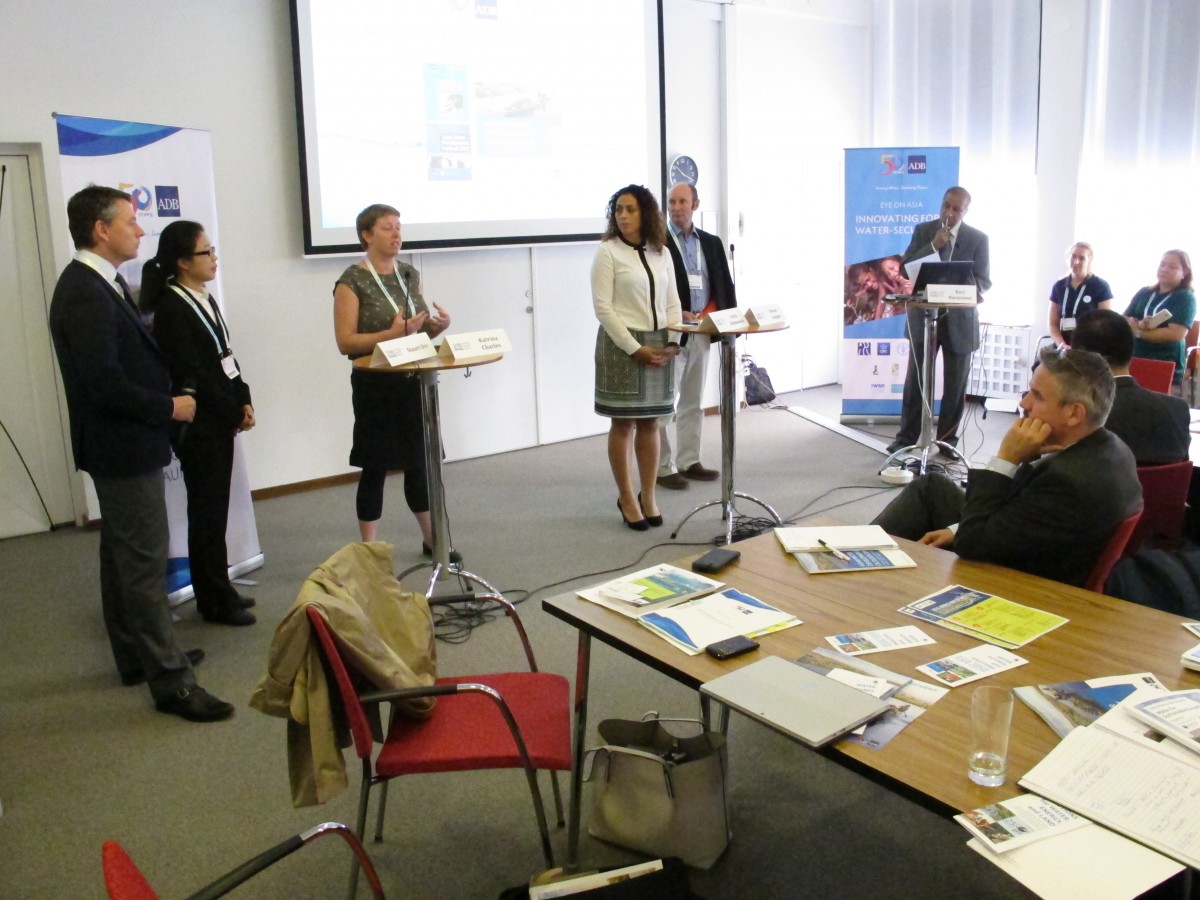
“Access to water and sanitation for all,” proclaims Sustainable Development Goal number 6—a goal to be achieved by 2030, no less. But that target looks somewhat unrealistic, especially in Asia, in the harsh light of reality: a new report, the Asian Water Development Outlook 2016, paints a depressing, if somewhat improved picture. The report came to my attention from the Asian Development Bank at a session during World Water Week 2016 in Stockholm on 30 August 2016,
First, the good news. In the past 5 years, overall water security in the Asian region has increased, as the number of water-insecure countries has dropped from 38 to 29—out of 49 total in the region—since 2013. “Household water supply has improved, but there are still many disparities between rural and urban areas, and the rich and the poor,” said Bambang Susantono, ADB’s Vice President of Knowledge Management and Sustainable Development.
This still means that over half the countries in the region have serious water problems, and the statistics only seem to make the picture worse. Water demand is going to increase by 55 percent in the region by 2050. “Asian water demand, through population growth and development is going to grow from 2410 km3/year to 3170–3460 km3/year by 2050,” said Simon Langan, the Director of the Water Programme at the International Institute for Applied Systems Analysis.
Note that the unit of measurement here is cubic kilometers. That is a lot of swimming pools—thousands and thousands of them. Other figures are just as daunting. By 2050, 100 percent more food is going to be needed to feed the population: agriculture already uses 80 percent of Asian water resources. Little consideration is given to the impact of agriculture’s water demand on domestic, industrial, and environmental water needs.
Water is a finite resource, and reserves will continue to diminish as competing demands continue to grow— especially when one considers that agriculture, sanitation, industry, and urban development each require enormous amounts of water. The above statistics do not include the effects of climate change, which will create drought conditions in some Asian countries and floods in others. Thus, going back to the SDGs, “access to water and sanitation for all” looks like a potentially vain goal. Where will all this extra water come from? The general perception is that water is free and more can always be found by simply developing new water sources. This no longer true. The 2030 Water Resources Group estimates that the gap between demand and supply will be 40 percent by 2030.
Fortunately, enormous amounts of research are being focused on this challenge. Water is an essential element in the economy of a country. Poor governance and weak institutional capacity in the political systems of vulnerable countries have been identified as major obstacles to progress. Better water management practices and more productive use of existing resources in agriculture and urban water services are essential, and fortunately, these solutions are being carefully considered by governments, NGOs, and research institutions.
“There are five key dimensions of water security,” said Eelco van Beek, Global Water Partnership Technical Advisor. “Household, economic, urban and environmental water security, and resilience. And different countries put different political values on them and choose their own courses of action.” Good governance based on reliable data is needed to bring more efficiency to the management and use of this limited (but essential) resource.
“You cannot improve what you cannot measure,” said Aziza Akhmouch of the Water Governance Program of the Organisation for Economic Co-operation and Development (OECD). “Evaluation is the pillar of the water governance cycle.” To this end, the OECD is getting more and more governments to sign on to its Principles of Water Governance so that they can use those principles to develop research-based governance frameworks.
Water insecurity costs the global economy $500 billion annually, even now. “We are looking to learn across continents and forge links between research, and research development,” said Alan Nicol, Leader of the Gender and Poverty Reduction Programme of the International Water Resources Management Institute. “To do this, we need to look beyond country borders, because water resources, like the major rivers and water basins, flow across boundaries.” To have any hope of achieving SDG6, we will need to know how much water is available, who is using how much, and set realistic targets for the future. We can’t always rely on water coming out of the tap as soon as we turn it on.



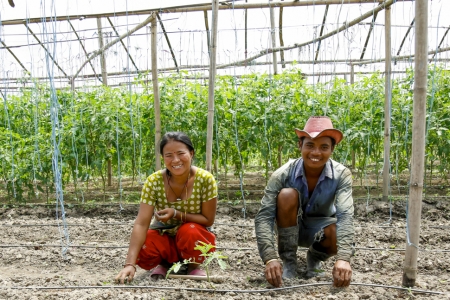
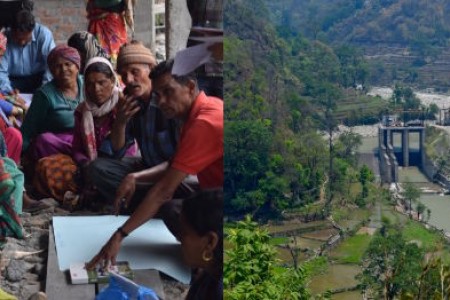
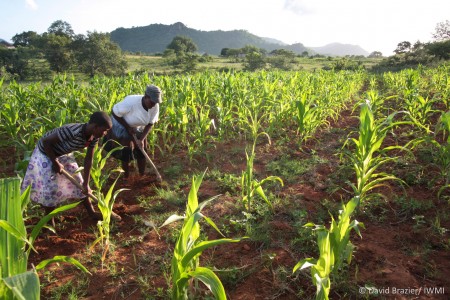


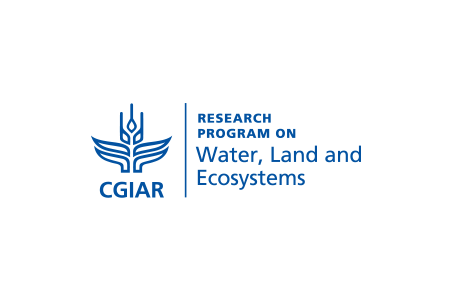



Comments
Management of water from inter-state and inter-national rivers is a huge problem. We need to create science and data-based management of the sharing and use of water between states and between countries. The entire river basin must be considered as a single unit and should be scientifically and technically managed by an expert committees or authorities, without any political interference, for equitable sharing of water by all states or countries concerned. Manipulating the water sharing problem by the short-term and narrowly focused political considerations will be disastrous to all concerned in the long run. Thank you.